China is rapidly transforming into a global leader in artificial intelligence, actively implementing it in all areas of life – from everyday tasks to complex technological solutions.
The scale and speed of this process are impressive: from facial recognition systems covering entire cities to intelligent transport, medical, and financial management systems. AI is becoming an integral part of Chinese society, having a profound impact on the economy, security, and quality of life of citizens. In short, the scale is impressive, but along with this, the question arises: isn’t all this too scary? Let’s decide together by considering the most interesting examples of AI in the life of the Chinese population!
AI on the Roads, in Education, and Beyond
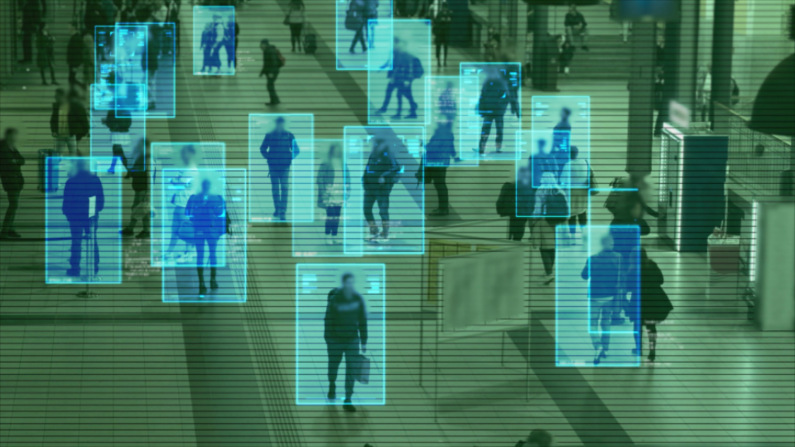
Artificial intelligence in China is so firmly entrenched in the daily life of the Chinese due to the fact that it offers solutions that greatly simplify routine tasks, but at the same time raise questions about privacy and control. Thus, AI systems are used to pay for purchases in stores, where it is enough to simply bring your face to the terminal, to access public transport, replacing traditional tickets, as well as to enter residential complexes and offices. Cameras equipped with this technology are installed practically at every corner, which also allows the authorities to track the movements of people and identify lawbreakers.
Thanks to this, in Shenzhen and Shanghai, for example, crossing the road in the wrong place does not go unpunished. Cameras automatically identify violators, and their faces and names are displayed on large screens, which is a form of public censure. This is not just an experiment, but a really working and effective practice, which, according to the authorities, helps to reduce the number of traffic violations and improve road safety.
Intelligent transport management systems are also used to optimize traffic and reduce congestion. In Hangzhou, for example, AI is used to analyze data from surveillance cameras and sensors, which allows you to automatically adjust traffic lights and redirect traffic flows in real time. Alibaba, based in Hangzhou, has developed the “City Brain” system, which analyzes huge amounts of data on traffic, weather and other factors to optimize the operation of the transport system. According to the developers, this system has significantly reduced travel time and improved the efficiency of public transport.
AI is also actively being introduced into the educational process. Automatic homework checking systems, student performance analysis, and adaptive learning help teachers to personalize the approach to each student and improve the effectiveness of education. Imagine teachers who no longer have to spend time checking workbooks and who, at the same time, do not lose sight of a single mistake or detail! Convenient? To say the least! It reduces the risk of professional burnout among teachers, and also flexibly distributes the workload.
Some schools even use teacher robots who help children learn foreign languages or do physical exercises. For example, iFlytek, a company specializing in speech recognition technologies, has developed the Smart Classroom system, which analyzes student interaction with educational material and provides teachers with recommendations for personalizing learning.
In medicine, AI is used to diagnose diseases, analyze medical images, and develop new drugs. AI systems help doctors make diagnoses faster and more accurately, as well as predict the likelihood of developing certain diseases. For example, Ping An Good Doctor has developed the “AI Doctor” system, which helps doctors in the diagnosis and treatment of common diseases. This system analyzes medical records, test results, and other data to provide doctors with treatment recommendations. Some hospitals even use surgical robots that perform complex operations with greater precision and less risk to patients.
Virtual assistants and smart homes are also becoming increasingly popular in China. Chinese companies are actively developing virtual assistants and smart homes controlled by voice. These systems allow users to control household appliances, order goods and services, receive information, and entertain themselves simply by giving commands. Smart speakers from Baidu and Alibaba are very popular, allowing users to control lighting, temperature, music, and much more. For example, Xiaomi offers a wide range of smart home devices, from lighting and thermostats to security cameras and robotic vacuum cleaners, which can be controlled using voice commands or a mobile app.
What about the Pace of Development and Criticism?
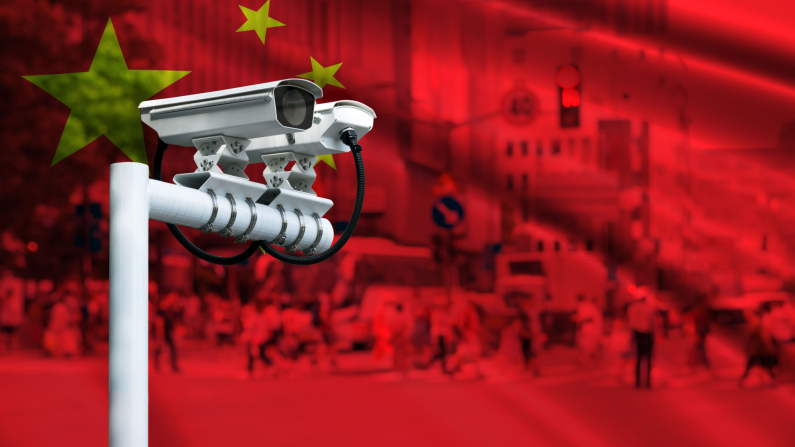
China is not only actively using existing AI technologies, but also leads in the development of new, often breakthrough solutions that change the landscape of the global technology industry. The Chinese authorities are actively supporting the development of “smart” cities, where AI is used to manage almost all aspects of urban life: from energy and transport to security and health care. For example, Xiong’an, a city being built near Beijing, is conceived as a completely “smart” city controlled by AI. It uses sensors and cameras to collect data on traffic, environmental pollution, energy consumption, and other parameters, which allows authorities to make more effective decisions and improve the quality of life of citizens.
Robotics is also developing rapidly in China. The country is one of the largest producers and consumers of robots in the world. AI is used to create robots capable of performing complex tasks in various industries: from production and logistics to medicine and service. For example, Chinese hospitals use nurse robots to help care for patients, deliver medications, and disinfect. Factories use assembly robots, which improve production efficiency and reduce labor costs. Siasun, one of the largest robot manufacturers in China, supplies industrial robots to Foxconn factories, where they perform routine electronics assembly tasks.
Driverless cars are also in the spotlight of Chinese developers. Companies such as Baidu and Pony.ai are testing driverless cars in various cities in China, striving to create safe and efficient autonomous transport systems. AI is used to analyze data from cameras, radars, and lidars, which allows cars to navigate their surroundings, recognize obstacles, and make decisions in real-time. For example, Baidu has developed the Apollo platform, which provides developers with tools and resources to create driverless cars. This platform is used by many Chinese and international companies working in the field of autonomous driving.
Financial technologies (FinTech) have become another area of active application of AI. Companies such as Ant Group (Alipay) and Tencent (WeChat Pay) use AI to analyze transactions and identify suspicious activity, as well as to assess the creditworthiness of borrowers, which allows banks and financial organizations to make decisions about issuing loans faster and more accurately. Ant Group, for example, uses AI for credit scoring through the Sesame Credit system, which takes into account a wide range of factors, such as payment history, social connections, and user online activity.
In agriculture, AI helps to optimize processes, increase yields, and reduce costs. AI systems analyze data from drones and sensors installed in the fields, which allows farmers to make more effective decisions about irrigation, fertilization, and plant protection. Automatic sorting and packaging systems for agricultural products are also used, which reduces losses and improves product quality. For example, DJI, a well-known drone manufacturer, offers solutions for agriculture that allow farmers to obtain detailed information about the condition of the fields and make informed decisions about carrying out agrotechnical measures.
The widespread use of AI in China undoubtedly brings many benefits, but it is also associated with a number of challenges, primarily with issues of privacy, control, and ethics. So, doesn’t it seem alarming that some cameras track your every step when you simply go to the store? In some cities in China, authorities even use AI systems to track attendance at mosques and other religious institutions, which has drawn criticism from international human rights organizations.
And the use of AI in areas such as social credit and credit scoring raises questions about the bias of data. For example, the social credit system takes into account your behavior on social networks, online shopping history, and compliance with traffic rules. Citizens with a low social rating may face restrictions on travel, obtaining loans, and access to other services.
Effective AI regulation mechanisms are needed that strike a balance between innovation and the protection of citizens’ rights. Clear rules must be established for the use of AI technologies, ensuring transparency, accountability, and responsibility for the consequences of their use. The Chinese authorities have already taken a number of steps in this direction, introducing new rules regulating the use of algorithms and data protection. However, much work remains to be done to create an effective and fair AI regulation system.
Nevertheless, despite these challenges, China will likely continue to actively develop and implement AI in all areas of life. In the coming years, we can expect further improvements in existing technologies, the emergence of new AI applications in areas such as health care, education, transport, and energy, as well as increased competition between Chinese and international companies in the field of AI.
The future of AI in China will be determined by how the authorities and technology companies can balance the pursuit of innovation with the need to protect the rights and freedoms of citizens. It is important to remember that technology is a tool, and its impact on society depends on how we use it. The Chinese experience in the field of AI undoubtedly deserves close attention, as an example of the large-scale implementation of advanced technologies, as well as as a source of valuable lessons about the risks and opportunities associated with artificial intelligence.
Share this with your friends!


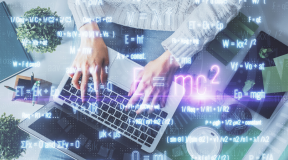
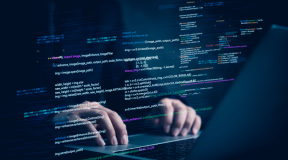
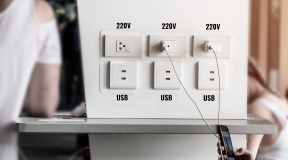

Be the first to comment
Please log in to comment